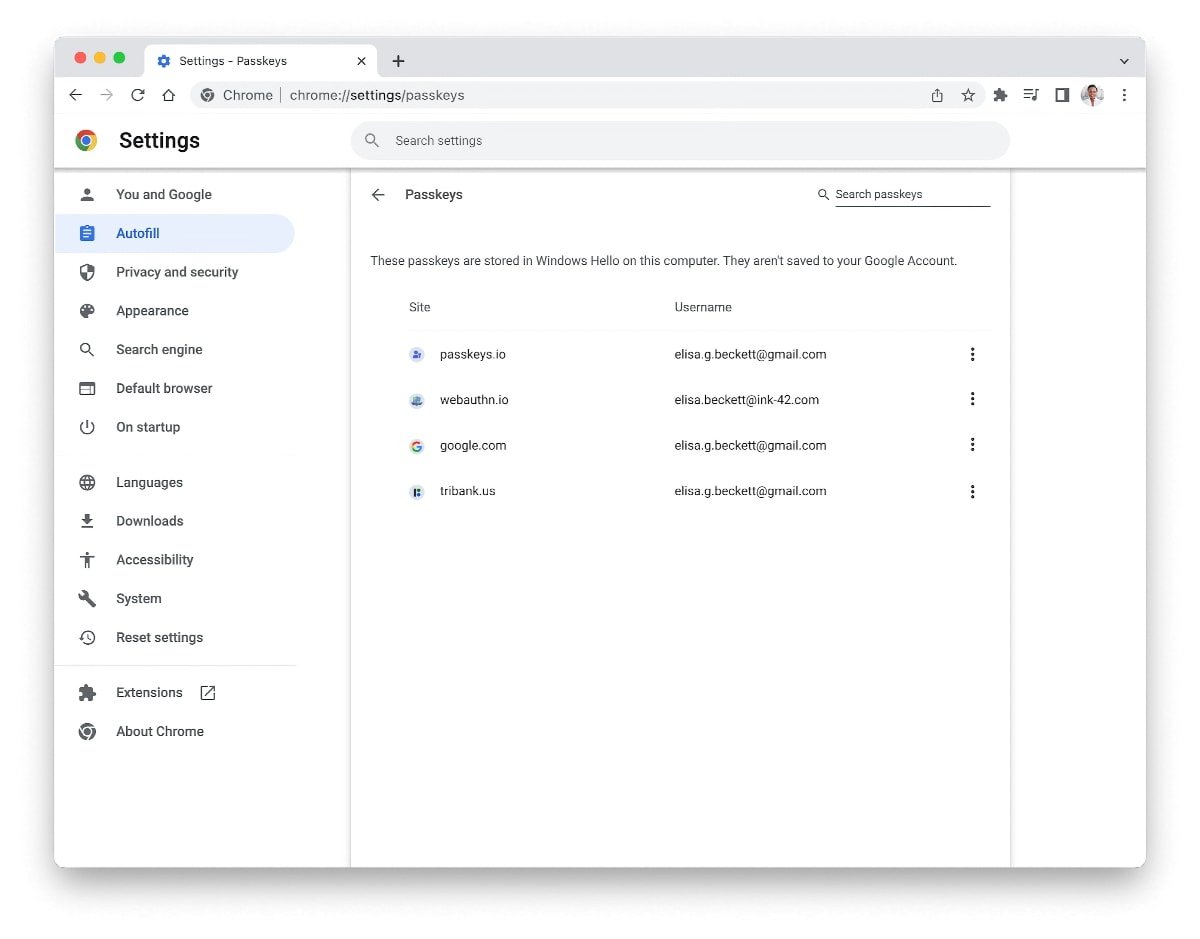Top 10 Best IoT Security Tools – 2023

Top 10 Best IoT Security Tools
- AWS IoT Device Defender
- Appknox
- Palo Alto Network
- Azure Sphere
- Microsoft Defender for IoT
- Forescout Platform
- Verizon IoT Security
- Verimatrix
- Trustwave
- Armis
1. AWS IoT Device Defender
An easy-to-perform audit that scans an entire group of AWS IoT devices to find any type of gap in your IoT network.
one of the best Traffic monitoring IoT Security Tools that can be run using ML models or your own defined actions against malicious IPs.
It helps you implement consistent security policies across your AWS IoT device fleet and makes it easier to respond to attacks.
The AWS IoT Security Team continuously updates its knowledge base of security best practices. All data is also implemented into the tool to provide the best possible solution to IoT network vulnerabilities.
| Pros | Cons |
| Integration with API | Integration with API is a little difficult |
2. Appknox
Appnox and IoXt have partnered to bring security to IoT devices. All users must follow ioXt security promises to keep their devices safe.
The eight principles are:
Do not set a default password on the device (i.e. change the default password).
Interface security is provided by the manufacturer against security attacks. Authentication methods are stricter.
Encryption is implemented on the device and many layers of encryption are performed to keep your connection and data secure. Device certification profiles are checked for basic security measures.
The latest updates for your device from the manufacturer are sent to you and updated for known vulnerabilities.
It has an automatic security update feature that makes security updates available to users, and the manufacturer is responsible for security updates, validation, and deployment.
Manufacturers must have good vulnerability reports and act appropriately (that is, patch all vulnerabilities) according to the vulnerabilities found in the reports.
The time when the security update will be fixed and users will be notified of the expiration date.
| Pros | Cons |
| Easy and scalable. | High Cost |
| Industry standards test cases and good security. | you have to update your tool with other test cases |
| Api Scans need improvement |
3. Palo Alto Network
Palo Alto Network is the industry’s first complete IoT security solution, providing a machine-learning approach to detect any anomaly.
This tool uses a zero-trust system and policy based on risks for your IoT network to prevent any kind of blind spots in your network.
The unique combination of the NGFW and IoT visibility enables context-aware network segmentation as a result of which the risk exposure is reduced.
| Pros | Cons |
| very high throughput and low latency | It is costly |
| Very easy for establishing a VPN and implementing allow/deny rules. | logs are saved for one week, which can be improved |
4. Azure Sphere
The Azure Sphere IoT Security Tool is a high-level application platform that provides security for internet-connected devices (IoT devices).
The Azure Sphere has an MCU (microcontroller unit). It is a custom, high-level Linux-based operating system, and cloud-based security service that provides continuous, updatable security.
I am using the Azure Sphere security service from Azure Sphere. Connectivity to the cloud and web is secured to the MCU.
This service ensures that devices are only booted with genuine, genuine software and also provides a channel through which operating system updates are automatically performed. Protection against many possible errors.
| Pros | Cons |
| One Stop Shop | Monitoring Response is Slow |
| Low-cost option with high-quality security |
5. Microsoft Defender for IoT
Microsoft Defender for IoT is an integrated security solution for identifying IoT (Internet of Things) and OT (operational technology) devices, vulnerabilities, and threats. And all of this can be centrally managed with the help of Microsoft Defender for IoT.
Microsoft Defender for IoT can be deployed in a hybrid environment connected to Azure or completely on-premises.
Microsoft Defender for IoT also provides lightweight micro-agents that support standard IoT operating systems such as Linux and RTOS for IoT device makers. It also helps ensure that security is built into IoT devices.
| Pros | Cons |
| They have a good UI and the features are very useful. | Setting Up is a little difficult |
| Easy to Use. | |
| Easily binds with cloud-based IoT network. |
6. Forescout Platform
A unified platform that discovers all devices on the network (IoT, IoMT, OT, or IT devices) whenever they connect to the network.
It also classifies and segments all devices based on a three-dimensional taxonomy (device type, operating system, and model).
Takes automatic action on every red light and eliminates time spent resolving alarms.
Proven scalability with multiple deployments of over 2 million devices and over 1,000 locations.
| Pros | Cons |
| User management is very easy with this tool | due to the license the cost gets higher. |
| Good Visibility in the tool | service are chargeable every time |
7. Verizon IoT Security
IoT Security Credentialing platform of Verizon provides a comprehensive approach to the security of Iot Devices.
IoT Security Credentialing offers three layers of protection, with an over-the-top layer of security for devices and apps, data encryption, and trusted user and device authentication.
The ThingSpace platform provides tools to test and manage the devices and apps on the Verizon Platform. You can also scale a prototype you want to implement on an enterprise level, with the help of ThingSpace.
Verizon IoT Security provides a lot of different approaches to IoT Security such as:
IoT Security Credentialing
ThingSpace for IoT
IoT Marketplace
IoT for small business
ThingSpace Marketplace provides one place solution for any IoT solution. You can purchase, activate and manage your devices as your solution and business grow.
IoT for small businesses from its name itself shows that it is made by keeping small businesses in mind they provide two functionalities as follows:
- Fleet and Mobile Worker Management
- Critical Asset Tracking
| Pros | Cons |
| On-Site Support | Types of Software/Services |
| Highly Scalable | Remote Support is not that good |
| On-Premise |
8. Verimatrix
This IoT Security Tool Verimatrix software features a shield suite consisting of Code Protection, Whitebox, and App Shield tools that integrate with your IoT device infrastructure to provide comprehensive security.
Verimatrix provides end-to-end security for a wide range of IoT devices including medical devices, smart home devices, and connected cars.
This will also prevent an increase in threats from 5G networks.
With the help of verimatrix Whitebox, your team can design their own custom architecture based on cryptography. This protects your data even if it falls into the wrong hands.
Code Shield Stops and disrupt hackers with the most demanding, market-proven, patented, intelligent, and automated security tools. App Shield injects the solution directly into your app without affecting your application’s functionality.
| Pros | Cons |
| Open Source Component Monitoring | Support is slow to respond |
9. Trustwave
Trustwave’s Managed IoT Security helps you scan your network and retrieve asset details.
Trustwave Managed IoT Security can scan APIs, servers, and cloud clusters to better protect your IoT devices.
Trustwave provides database monitoring for implementers and manufacturers who can implement security directly.
With the help of the Digital Forensic and Incident Response Team, organizations can proactively prevent attacks of all kinds.
| Pros | Cons |
| Easy to Use | Takes longer to Compile |
| Has Advanced Features | A little complicated for a non-technical person |
| Large user community |
10. Armis
This IoT Security Tool is the first enterprise-class agentless security platform to address the emerging threat landscape of unmanaged IoT devices.
Armis provides security for all managed and unmanaged devices. 1000s of fortune companies trust Armis for out-of-band sensing technology.
Armis CIPP Services enable you to quickly leverage Armis Intelligence data for recommended policy changes, incident response, operations management, and remediation.
It also monitors connecting devices in the airspace using peer-to-peer protocols ignored by traditional security products.
Allows automatic disconnection/quarantine of all devices that fail to match the base-level security policy.
| Pros | Cons |
| Create Dashlets in Dashboard | A little expensive |
| Managing alerts is very easy | Making Policies right according to your need takes a little time. |
Resource : https://cybersecuritynews.com/iot-security-tools/









